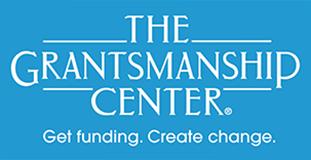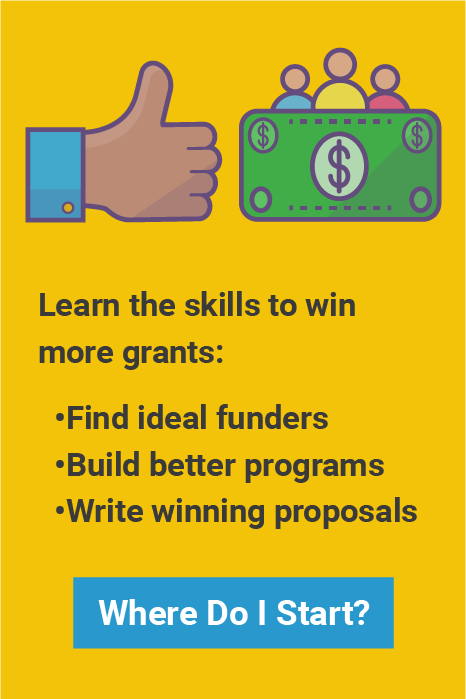
The concept probably predates Rakesh Sondhi’s Total Strategy but a VMOST analysis is still a useful way of figuring out what your organization wants to accomplish and how it plans to go about it. Assumptions are sand traps when it comes to planning and submitting proposals. Instead of assuming “everybody knows” why we do what we do and how we do it, this is a useful framework for thinking through the hierarchy of intentions and actions for your organization.
V is for vision. It’s a statement about how the world (or the community) will be better after you’ve done your job. It’s the biggest dream you can imagine: “One day, all children in this nation will have the opportunity to attain an excellent education” (Teach for America); “A computer on every desk and in every home” (Microsoft); “A just world without poverty” (Oxfam).
M is for mission. It’s the overall plan for how your organization is going to move in the direction of that better world you envision. Here’s one: “promotes equality and combats discrimination by providing grants to organizations that empower and improve the lives of transgender people, including youth, anti-bullying, suicide prevention, healthcare, housing, employment, and related programs” (Caitlyn Jenner Foundation). Another: “to provide medicines and health supplies to those in need around the world so they might experience life to the fullest” (MAP International).
O is for objectives. These are the milestones along the path to the mission. They are measurable, specific and realistic. MAP International says it plainly (“here are the steps we take”), then it names five: get medicines; organize them; work with partner organizations; distribute the medicines; measure impact on people. This unpacks the mission and breaks it into a sequence that gets us from here to there.
S is for strategy. This generally means making decisions about the best way to go about accomplishing objectives. Our objective is to lower the dropout rate in a job training program. Should we recruit better-prepared students? Lower the course requirements? Provide cash incentives to stay enrolled? “These are strategic choices,” said Thomas Boyd, chief editorial consultant for The Grantsmanship Center, “but we can’t make the right choice unless we are clear and focused about our objective.”
T is for tactics. These are the things we do day to day, the actual “boots on the ground” of the program. Sun Tzu (The Art of War) says “tactics without strategy is the noise before defeat.” These are the smallest units of the VMOST pyramid, the specific actions you’re going to take to bring a strategy to life. “Let’s hire a website designer” is a tactic; deciding that we need a website, and why, is strategy.
Crafting proposals for funding gets a whole lot clearer if this hierarchy is thought through and put in place in your organization.
Thomas Boyd is Chief Editorial Consultant for The Grantsmanship Center
and an independent consultant to nonprofit organizations.



